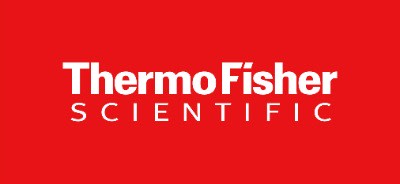Salmonella in Poultry: Recent Regulatory Developments and Quantitative Testing
November 28, 2022
11:00 AM EST
Free Virtual Seminar
Sponsored By


About the Event
Salmonella is a major foodborne pathogen that causes approximately 1.35 million infections, 26,500 hospitalizations, and 420 deaths in the U.S. every year. Poultry and poultry products have been associated with more than 23% of Salmonella infections. Thus, the control and overall reduction of Salmonella to reduce foodborne illness attributed to meat and poultry products has been a major goal of the public health agencies, such as USDA. While HACCP implementation and other regulatory and industry efforts have resulted in an overall reduction in the occurrence of Salmonella, there has not been a significant reduction in Salmonella illnesses. Recently, USDA-FSIS announced that it will be declaring Salmonella an adulterant in breaded and stuffed raw chicken products. The agency is also seeking public comments on the standard for adulteration. There has been much interest in determining low levels of Salmonella in poultry through quantitative testing. Traditional Salmonella enumeration methods such as most probable number (MPN) methods are cumbersome and labor and material intensive. Recently, rapid methods and protocols have been developed for the quantitative enumeration of the pathogen. This webinar is designed to discuss recent regulatory developments regarding strategies for controlling the levels of Salmonella in poultry and poultry products and thereby effectively reducing the incidence of Salmonella illness attributed to these products. Key discussion topics: • Salmonella in meat and poultry: Significance and industry and regulatory trends • Strategies and approaches for the control and overall reduction of Salmonella in meat and poultry products • Methodologies for Salmonella identification, characterization, and enumeration • Challenges in Salmonella testing